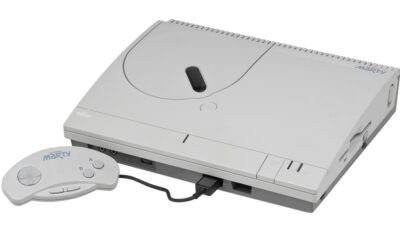Building a gaming PC can be an exhilarating project, especially when you’re eyeing the stunning visuals and performance gains provided by NVIDIA’s RTX graphics cards. However, high-end gaming setups often come with a hefty price tag. Fortunately, you don’t have to break the bank to enjoy the benefits of ray tracing and other advanced technologies. With some careful planning and wise choices, you can build an RTX-capable gaming PC without sacrificing your savings. Here are some tips to help you get started.
1. Set a Clear Budget
Before diving into parts and specifications, determine how much you’re willing to spend. A clear budget helps narrow down your options and prevents impulse buys. Keep in mind that prices for components can fluctuate based on demand and availability, so it’s essential to stay flexible. Aim for a budget range of $1,000 to $1,500 for a solid RTX gaming experience.
2. Focus on Mid-Tier RTX Cards
While the flagship RTX models like the 4090 offer unparalleled performance, they come with a prohibitive price. Instead, consider mid-tier options like the RTX 3060 or RTX 4060. These cards provide robust performance in 1080p and even 1440p resolutions, making them perfect for most gamers while allowing you to utilize ray tracing without spending a fortune.
Key Considerations:
- NVIDIA 3060/4060: Great for 1080p and decent 1440p gaming.
- Consider Previous Generation Cards: Cards like the RTX 2060 or 3060 Ti can often provide similar performance at a lower price due to recent generation releases.
3. Prioritize Essential Components
When building a budget-friendly gaming PC, investing wisely in key components can make all the difference:
-
Processor (CPU): Opt for AMD Ryzen 5 or Intel Core i5 series chips. These processors balance cost and performance well and are often available at competitive prices.
-
Motherboard: Choose a motherboard that fits your CPU and has the necessary features without the frills—look for brands like MSI, ASUS, and Gigabyte.
-
RAM: Aim for at least 16GB of DDR4 RAM. This amount is generally ideal for gaming, balancing performance and cost.
- Storage: An SSD is a must for improving load times. Consider a combination of a smaller SSD (for your OS and favorite games) and a larger HDD for additional storage.
4. Don’t Skimp on Power Supply (PSU)
While it might be tempting to opt for a cheap power supply, a quality PSU is crucial for reliability and performance. Look for brands like EVGA, Corsair, or Seasonic. Aim for at least a 80 PLUS Bronze rating, which ensures better efficiency and longevity.
5. Utilize Sales and Discounts
The PC component market often experiences price drops during major sales events, such as Black Friday, Cyber Monday, or back-to-school sales. Keep an eye on websites like PCPartPicker or Newegg for deals. Additionally, local marketplaces or refurbished components can yield significant savings.
6. Consider Used Components
For those willing to do some extra research, the used market can be a treasure trove of budget-friendly options. Websites like eBay, Facebook Marketplace, or local computer shops often have good deals on components. Just be sure to check the condition and return policies before making a purchase.
7. Build Yourself
If you’re comfortable handling hardware, assembling your PC can save you significant money compared to pre-built systems. Plenty of online resources and videos guide you through the process, making it accessible even for first-time builders. Building your own PC also allows for greater customization and potential upgrades down the line.
8. Optimize Your Existing Setup
If you’re upgrading from a previous system, consider reusing components when possible. Items like a good case, power supply, or even cooling systems can be retained, cutting costs on your new build.
Conclusion
Building an RTX-capable gaming PC on a budget is entirely achievable with careful planning and strategic choices. By focusing on mid-tier components, taking advantage of sales, and building it yourself, you can enjoy incredible gaming experiences without draining your wallet. With the right approach, you’ll find yourself diving into the latest titles, basking in stunning graphics and smooth performance—all while keeping your finances intact. Happy gaming!


